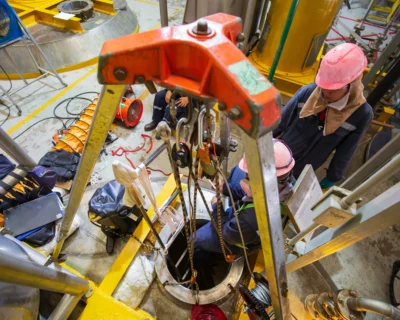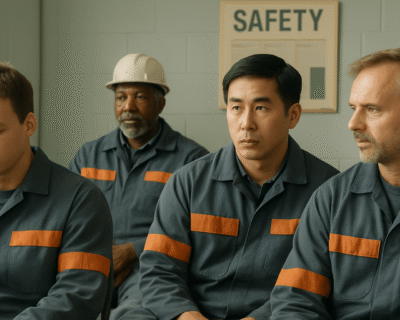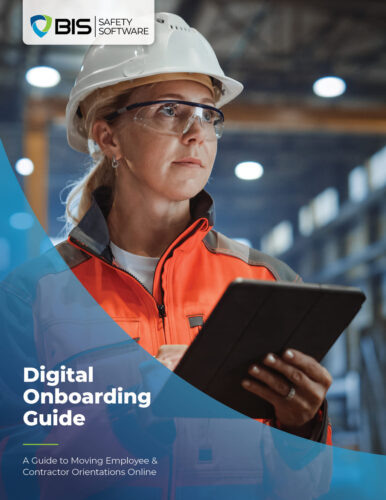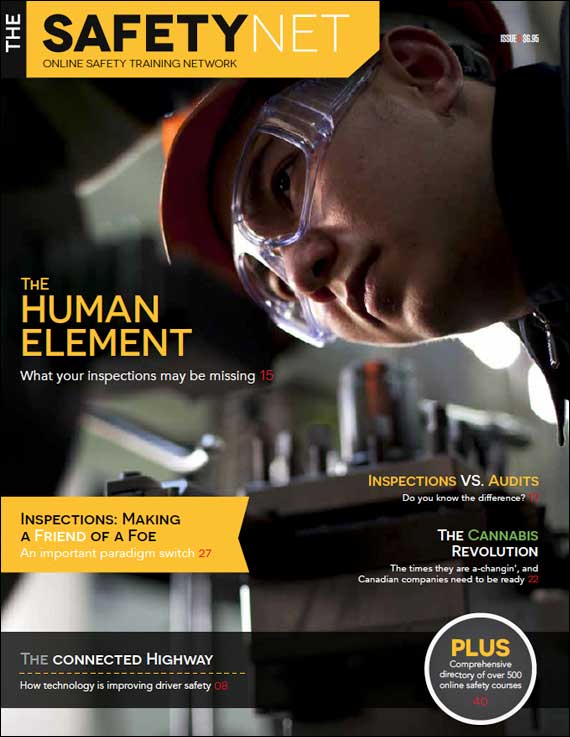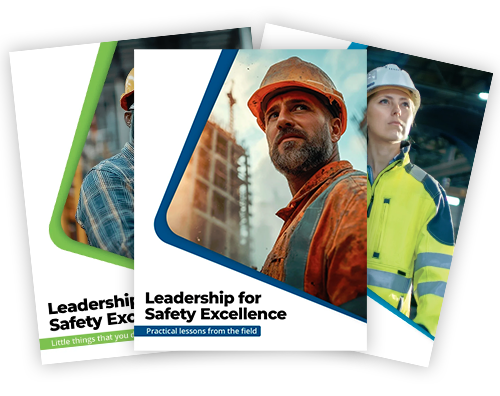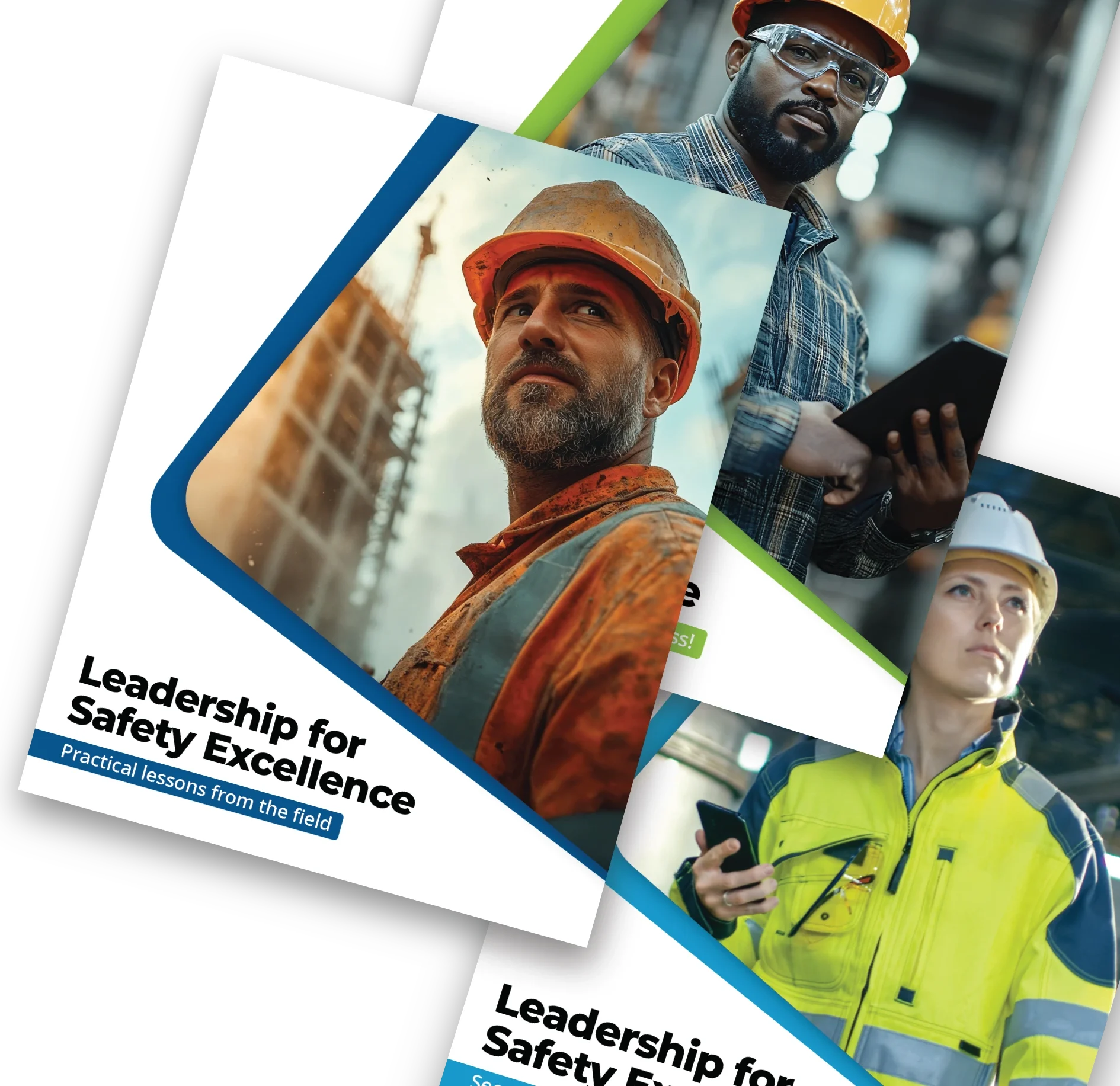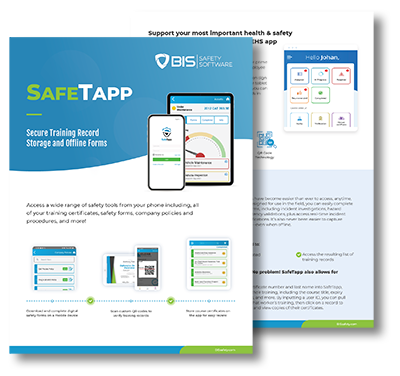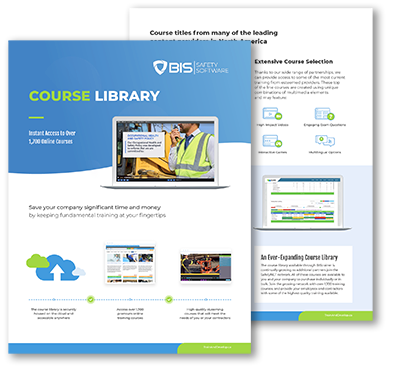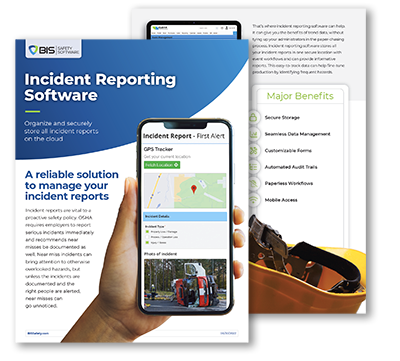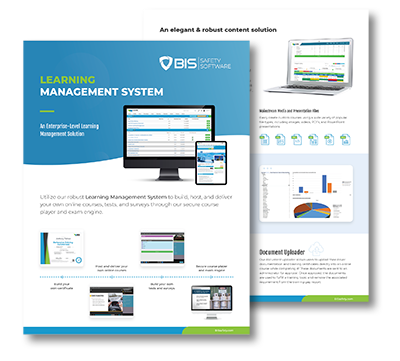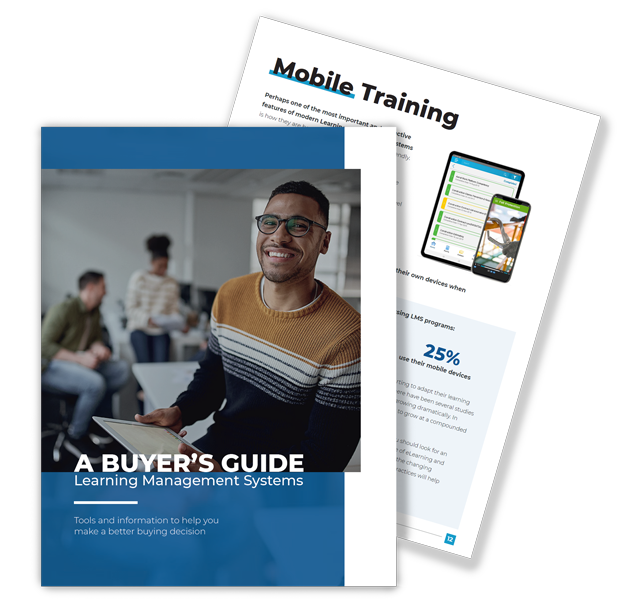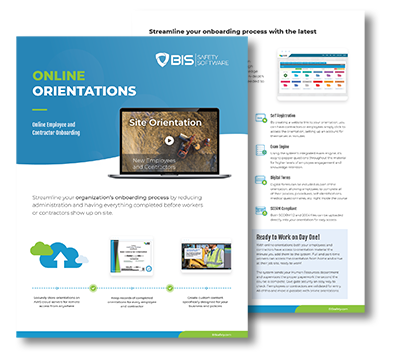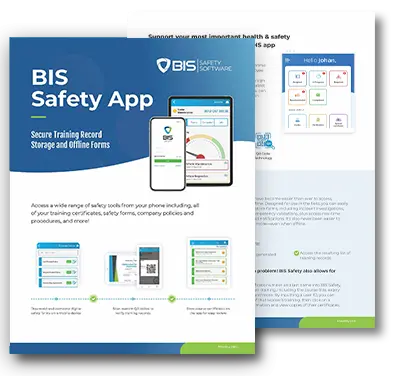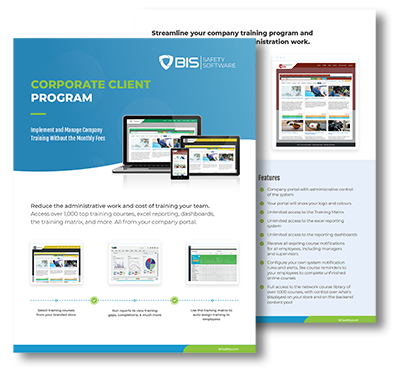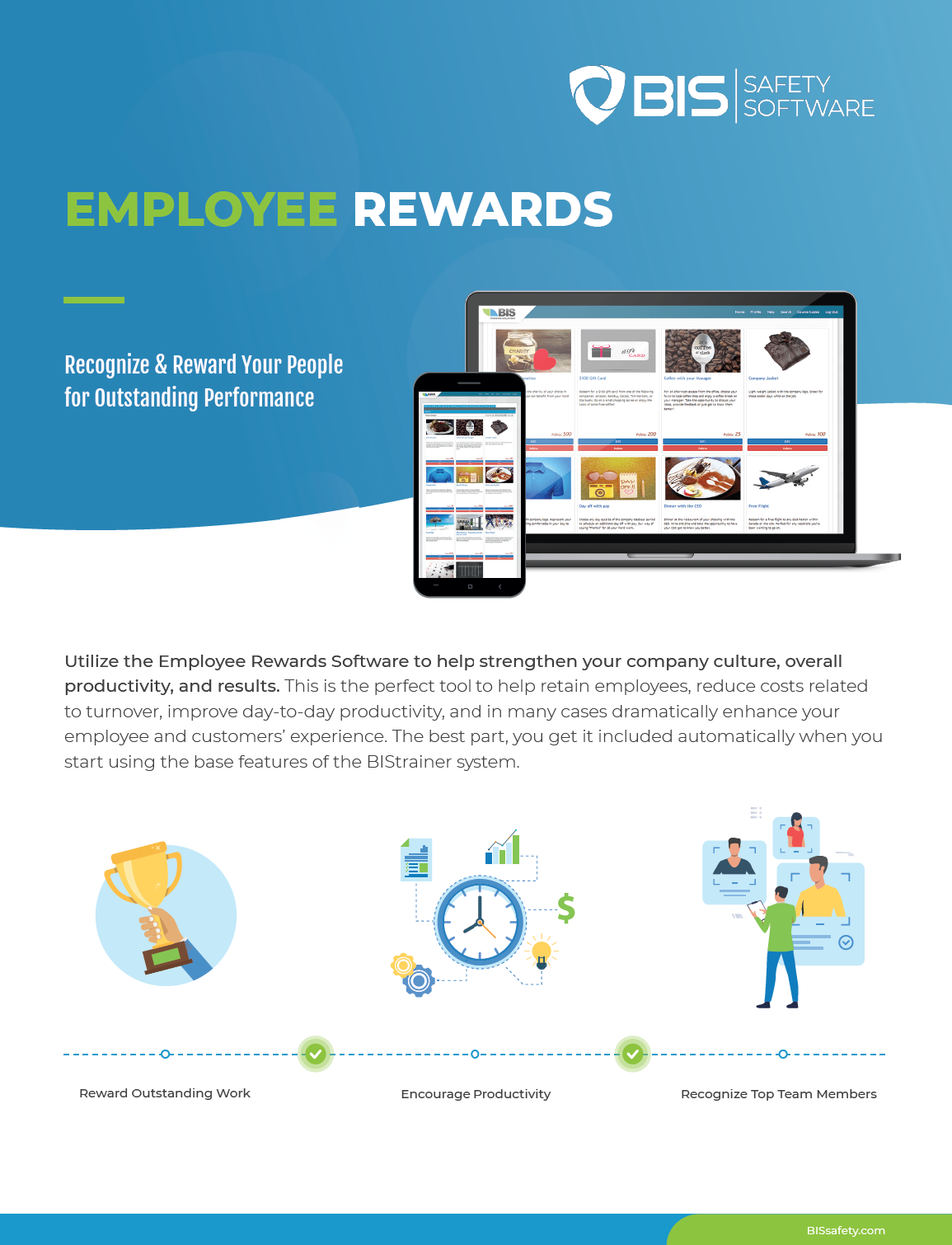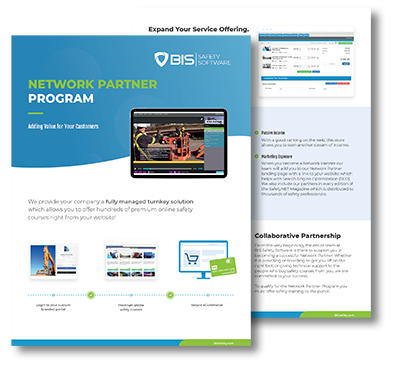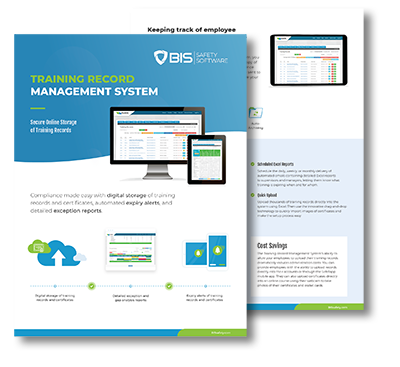
“Nobody Grows Up Dreaming of Being a Safety Manager” — And That’s Why They’re the Best at It
You don’t see a lot of kids dressing up as safety officers for Halloween.
And yet, here we are — surrounded by professionals who spend their days ensuring workers don’t get hurt, systems don’t fail, and risk is managed long before it becomes reality. The unsung protectors of job sites, offices, and factories.
Ask them how they ended up here? Most will tell you the same thing: it wasn’t part of the plan.
They didn’t chase certifications in school or dream about PPE as teenagers. Their stories started somewhere else. But every twist and turn brought them closer to this calling. And those unplanned paths are exactly what makes them so good at it.
When Safety Finds You: Four Journeys That Changed Direction
Jennifer Lastra: Warships, Wiring, and a New Way to Train
Jennifer Lastra never set out to revolutionize safety training. She started in the U.S. Navy, doing electrical work on massive ships. That meant steel decks, heavy gear, and zero room for error.
Afterward, she moved into manufacturing — high-stakes environments like night vision systems for military pilots. Over time, she saw the same thing play out: the gap between classroom theory and real-world danger.
Then she discovered virtual reality. A tool not just for instruction, but transformation. It clicked. She could simulate chaos without consequences. Show someone what risk feels like before they ever encounter it.
She didn’t learn safety in a textbook. She built it from the ground up, one lived moment at a time.
Allan Moore: The Translator Who Rewrote the Script
Allan Moore was a linguist, not a safety pro. He worked as a Mandarin interpreter in Taiwan until one day, corporate tapped him for something unexpected: explain global safety policies to the local teams.
Why him? Because he spoke the language. Literally and figuratively.
What followed was a crash course in HSE protocols, human nature, and leadership under pressure. But Allan didn’t just recite policies. He flipped the script. Instead of enforcing rules, he focused on building trust.
To him, a great safety leader isn’t someone who shouts instructions. It’s someone who earns enough respect to whisper them.
Dr. Johanna Pagonis: The Psychologist Who Made Safety Personal
When Johanna Pagonis launched her business, she was focused on leadership development and organizational culture. Safety wasn’t on her radar.
Then came a conversation with a lawyer who worked in OHS. He told her what she was building — psychological safety, open communication, human-centered leadership — was exactly what the industry needed.
She took the challenge.
Today, she works with companies to change how safety is understood. Not just procedures, but people. Not just checklists, but courage. If workers don’t feel safe enough to speak up, challenge norms, or admit a mistake, no policy will protect them.
Johanna’s not here to police behavior. She’s here to empower it.
Martin Tanwi: From Science to Steel-Toes
Martin Tanwi came to safety through curiosity. He studied environmental science, then industrial safety. But it wasn’t until he got out of the classroom and into the field that he understood the job.
Oil rigs. Power lines. Robotics. High-risk zones where one wrong move is all it takes.
Martin doesn’t believe in armchair safety. He walks the sites. Talks to the teams. Watches how people actually work, not how the SOP says they should.
For him, safety is less about controlling people and more about knowing them.
The Common Thread
None of these people were born to be safety professionals. And that’s the point.
They bring fresh eyes, lived experience, and a commitment that goes deeper than policy. They understand what’s at stake because they’ve been there. On the deck of a warship. In a manufacturing plant. Translating instructions. Coaching teams.
They didn’t just study safety. They made it part of who they are.

So What Do We Look for Next?
Are we hiring based on degrees, or depth? Are we asking the right interview questions — or just the standard ones?
Because if the best safety leaders didn’t follow a straight path, maybe the next generation won’t either.
Let’s look for grit. For story. For people who understand risk, not just recite rules.
The future of safety is human. We just need to recognize it when it walks through the door.


